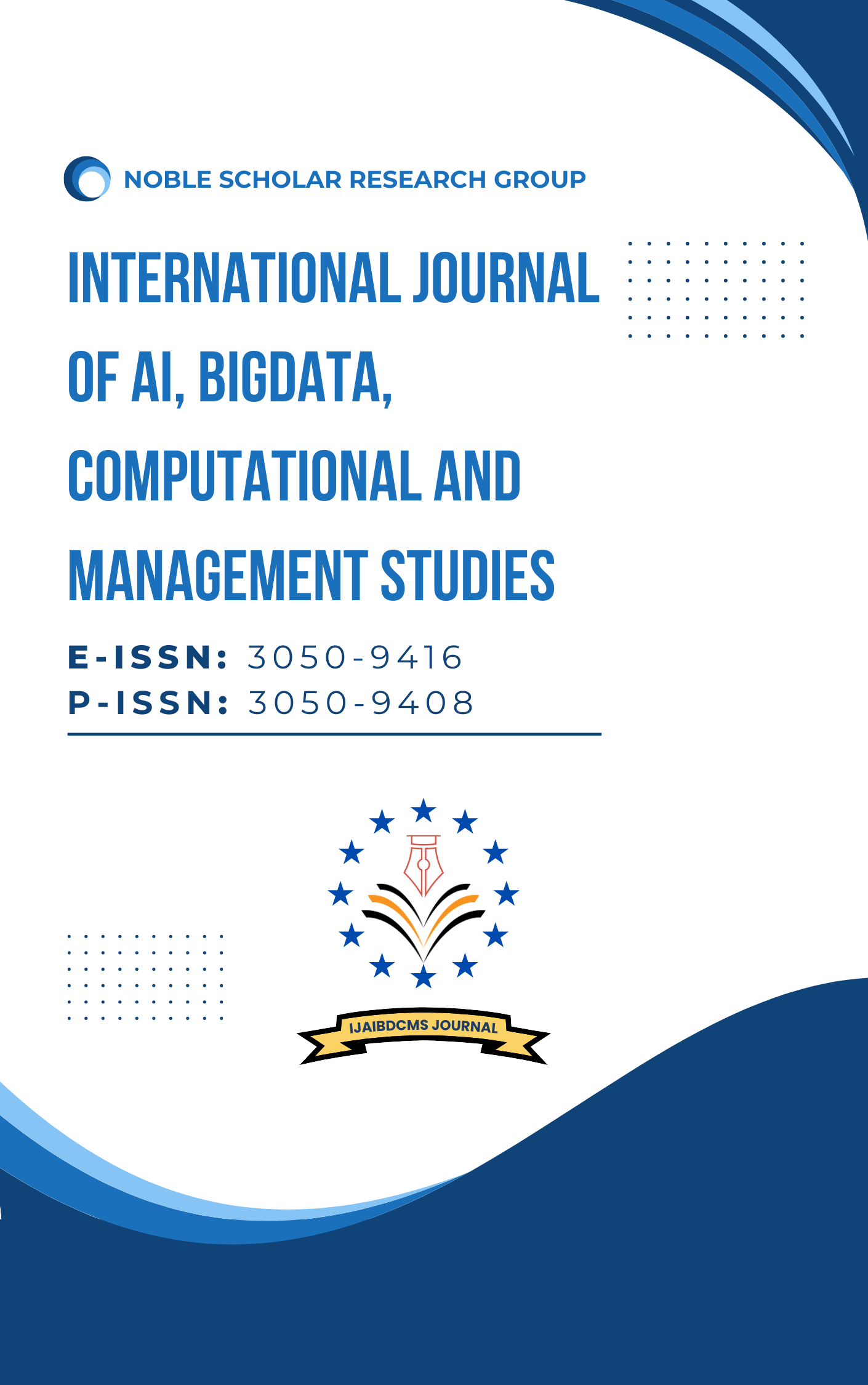Energy-Efficient Big Data Processing: Algorithmic Innovations and Hardware Acceleration Techniques
DOI:
https://doi.org/10.63282/3050-9416.IJAIBDCMS-V1I3P102Keywords:
Energy-Efficient Computing, Big Data Processing, Hardware Acceleration, Machine Learning Optimization, FPGA and GPU Acceleration, Data Compression Techniques, AI-Driven Energy Optimization, Distributed Computing Efficiency, Green Data Centers, High-Performance Computing (HPC)Abstract
The exponential growth in data generation has led to a significant increase in the demand for big data processing systems. However, the energy consumption of these systems is a critical concern, especially in data centers where the operational costs are heavily influenced by energy usage. This paper explores the latest advancements in energy-efficient big data processing, focusing on algorithmic innovations and hardware acceleration techniques. We discuss various strategies that can reduce energy consumption without compromising performance, including algorithmic optimizations, hardware accelerators, and hybrid approaches. We also present a comprehensive review of existing research, case studies, and empirical evaluations to highlight the effectiveness of these techniques. Finally, we propose a framework for integrating these innovations into existing big data processing systems to achieve significant energy savings
References
1. Demmel, J., & Dinh, G. (2018). Communication-optimal convolutional neural nets. arXiv preprint arXiv:1802.06905. https://arxiv.org/abs/1802.06905
2. Han, J., & Orshansky, M. (2013). Approximate computing: An emerging paradigm for energy-efficient design. In Proceedings of the 18th IEEE European Test Symposium (pp. 1–6). IEEE. https://doi.org/10.1109/ETS.2013.6569370
3. Nguyen, X.-T., Hoang, T.-T., Nguyen, H.-T., Inoue, K., & Pham, C.-K. (2018). An FPGA-based hardware accelerator for energy-efficient bitmap index creation. arXiv preprint arXiv:1803.11207. https://arxiv.org/abs/1803.11207
4. Raha, A., Sutar, S., Jayakumar, H., & Raghunathan, V. (2017). Quality configurable approximate DRAM. IEEE Transactions on Computers, 66(7), 1171–1186. https://doi.org/10.1109/TC.2017.2661960
5. Sampson, A., Vijayaraghavan, M., Chuang, G. R., & others. (2011). EnerJ: Approximate data types for safe and general low-power computation. ACM SIGPLAN Notices, 46(6), 164–174. https://doi.org/10.1145/1993316.1993514
6. Sun, Z., Li, C., Andras, P., & others. (2019). Solving matrix equations in one step with cross-point resistive arrays. Proceedings of the National Academy of Sciences, 116(10), 4123–4128. https://doi.org/10.1073/pnas.1815682116
7. Zhao, P., Yang, S., Yang, X., Yu, W., & Lin, J. (2017). Energy-efficient analytics for geographically distributed big data. arXiv preprint arXiv:1708.03184. https://arxiv.org/abs/1708.03184



